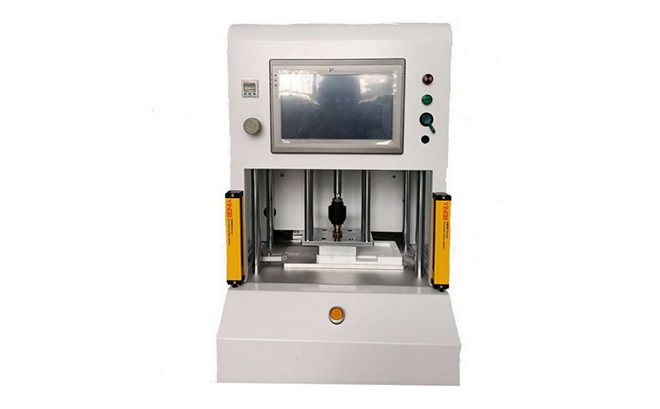Dongguan Weisite Intelligent Technology Co., Ltd.
Mr. Yuan 18851191830
Company Tel: 0769-2288 8508
Company email: weiq.sales@weste-group.com
Online QQ: 2251002748
Company Address: No. 4, West Street, Zhenyuan Road, Wusha Caiwu Industrial Zone, Chang'an Town, Dongguan City
The air tightness tester is a new type of air tightness testing equipment that is not destructive to the product. It can be used to test air pressure attenuation leak detection, sealing, waterproof, air tightness, IP protection level, vacuum attenuation leak detection, mass flow test, burst test and other air tightness leak detection and waterproof test.
Air tightness testerThe system has a built-in imported high-precision sensor, and the test accuracy can reach 0.01pa. It is widely used in the waterproof detection of small household appliances industry, the leak detection of airtightness in the valve and pipe fitting industry, the waterproofness test of communication base station equipment, the airtightness detection of medical equipment, the airtightness detection material of electric wires, and the sealing of outdoor monitoring products. And quarantine, leak detection and welding of aluminum alloy die-casting products.

The traditional air tightness test method is the immersion method (direct immersion): the water depth and immersion time correspond to all levels of IP waterproof rating tests. Observe whether there is water in the product as its standard.
The air tightness tester uses a series of sampling, calculation, pressure drop method, and analyzes based on these data to obtain its leakage rate, leakage value, etc., so as to determine whether it is normal or abnormal. It is mainly used for waterproof testing of small household appliances, air tightness testing of medical equipment and leakage testing of stainless steel containers. The leak detection principle of this method: transfer a certain pressure and a certain amount of gas to the closed workpiece cavity, let it stand for a period of time to stabilize the pressure, then disconnect the compressed air supply to the component (the valve is closed), and then perform the measurement The pressure after the measurement time. If there is a leak, the sensing pressure will drop.
The air tightness tester adds a differential pressure sensor. Generally, the differential pressure sensor has a range of 2000 Pa and a resolution of 0.05% or 0.005%. When inflating, the test valve group in the picture opens, and the pressure at both ends of the differential pressure sensor is the same. When the voltage stabilization starts, the test valve group is closed, the pressure on the right side of the differential pressure sensor is constant, the other side is connected to the test workpiece, and the product end leaks. The pressure on the left side drops. The differential pressure sensor compares the pressure at both ends, and then tests whether there is a small leak. This method is currently the most widely used test method.

Dongguan Weisite Intelligent Technology Co., Ltd. integrates the design, production, sales and service of air tightness testers, audio testers and other non-standard automation equipment